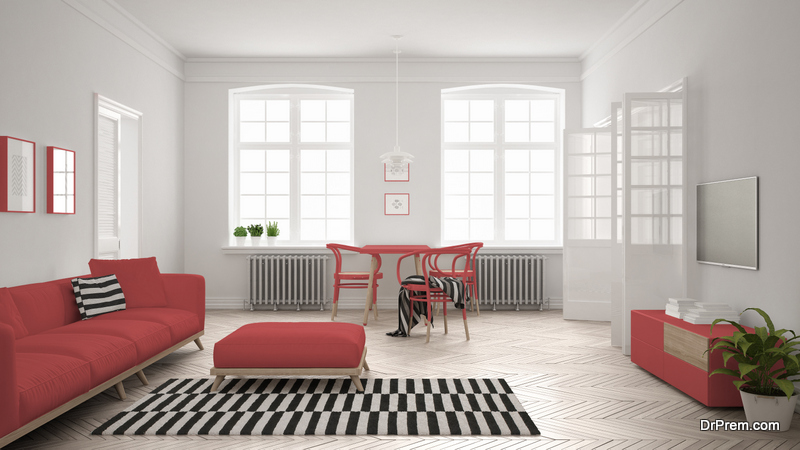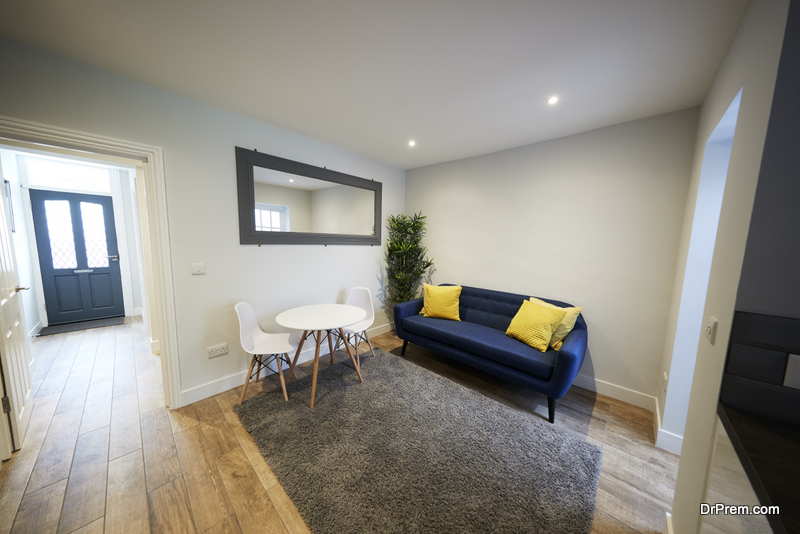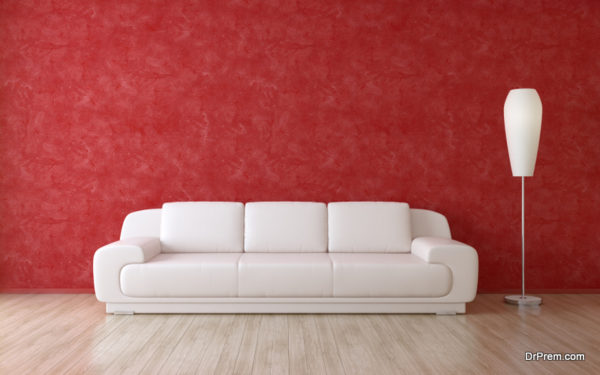Most people are not inclined to spend a lot of time thinking about interior design … at least not on the technical level. We just want our homes to look good.
As any professional interior designer knows, however, successful residential interiors entail more than just looking good. The finishes, colors, materials, and layout of a home’s interior elements can and do have a direct and quantifiable impact on how the people who come in contact with them function and feel.
The more homeowners understand the relationship between interior design and the inhabitants’ state of mind, the more purposeful you can be about how you decorate your home. Here are four central relationships that involve correlations that are worth considering for homeowners.
1. Color and Your Mood

Color psychology is a crucial field of study. It shows how various colors and tones affect the way human beings think, feel, and act.
Although color psychology is often harnessed by companies to justify their creative choices, it can be just as relevant for interior design spaces. Consider, for a moment, the effect specific colors have on individuals:
- Red is known to increase urgency and elicit strong emotions in people.
- Green fosters a sense of life and vitality.
- Blue is known to soothe and promote feelings of trust.
- White represents a blank slate.
Can you see how important it can be to select the right colors … not just ones you like? “A big aspect of choosing paint colors for a home involves analyzing the space,” Green Residential notes.
The importance of selecting the most effective colors cannot be overstated. Yes, you can opt for colors you like, but don’t let personal preference be your only criterion. Study the psychology behind colors and consider how they can best fit into your lifestyle and personal needs.
2. Clutter and Stress
Despite a rise in minimalism, it still appeals to a very small countercultural slice of the population. Americans are better known for living in cluttered homes.
Unfortunately, clutter also seems to play a substantial role in the elevated levels of stress and anxiety experienced by humans in this era. Clutter is known to cause stress by bombarding the mind with excessive stimuli and causing the senses to work overtime to deal with that stimuli.
The result for most people is less willpower and reduced ability to focus on vital tasks and priorities. Likewise, clutter has been shown to inhibit productivity and creativity, while simultaneously creating guilt and frustration.
Psychologist Sherrie Bourg Cater advises people to: “Create designated spaces for frequently used items and supplies so that you can quickly and easily find what you’re looking for when you need it.”
3. The Perception of Space

Nobody likes to feel as if he’s enclosed in a small space. If you own an apartment or house where square footage is at a premium, you can create the illusion of more space by employing assistance from white paint, natural light, mirrors, and other similar elements. The goal is to make the space feel like it’s larger than itself – open and airy, if you will.
4. Natural Light and Physical Health
Lighting is critical to both your mental and physical well-being. Artificial light is known to drain energy, zap focus, and cause headaches; but by contrast, natural light possesses the ability to energize, relax, and improve mood.
This is why it’s critical to pay attention to window placement, window treatments, and the orientation of items in front of your windows and doors. Natural light should be encouraged to pour in wherever possible, while artificial light should only be used as a complementary light source.
Design Your Home with Purpose

Whether you’re renting a small loft apartment or building a custom, 5,000-square-foot home in the suburbs, you should design your home’s interior spaces with a distinct purpose. From colors and lighting to the selection of various materials and the layout of furniture, every detail can matter.
Give this project the attention it deserves, and you’ll discover that you’re healthier, happier, and more productive than before.
Article Submitted By Community Writer




